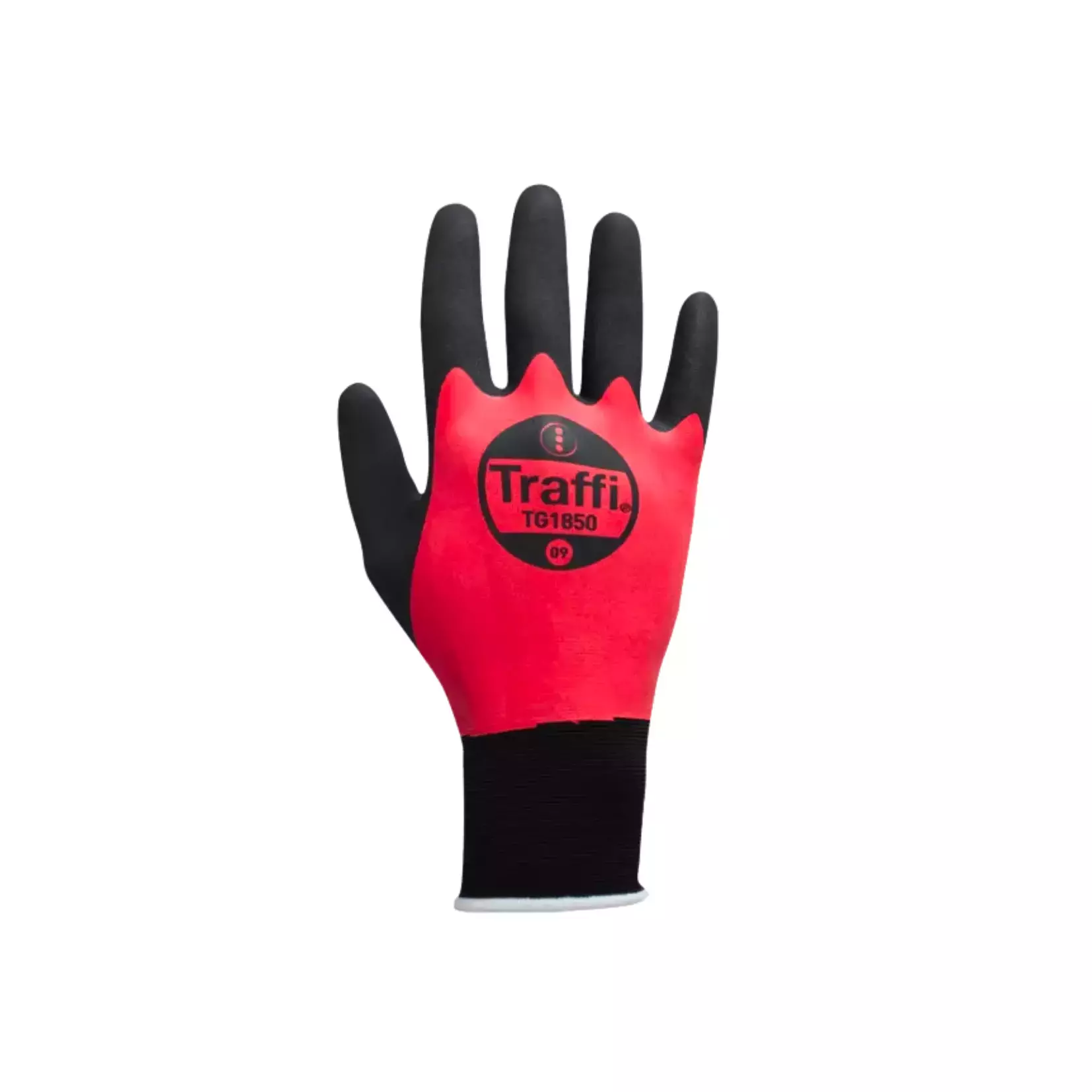
Features You'll Love

Cuff Style · Knit
Determines how the glove secures around the wrist, affecting fit, comfort, and protection coverage at the wrist area.
Traffi
Traffi logo
Double Dipped Cut Level A Safety Glove, 10 pairs
Traffi
Double Dipped Cut Level A Safety Glove, 10 pairs
Traffi logo
5 / 5
54,63 €
59,77 €
Price per 10 pairs
5,46 € / pair
Estimated delivery: Wed Dec 31 - Fri Jan 2
Choose size
Shipping fee is 7,95 € for orders under 80,00 €
Features You'll Love

Cuff Style · Knit
Determines how the glove secures around the wrist, affecting fit, comfort, and protection coverage at the wrist area.
Product description
The product description has not been specified